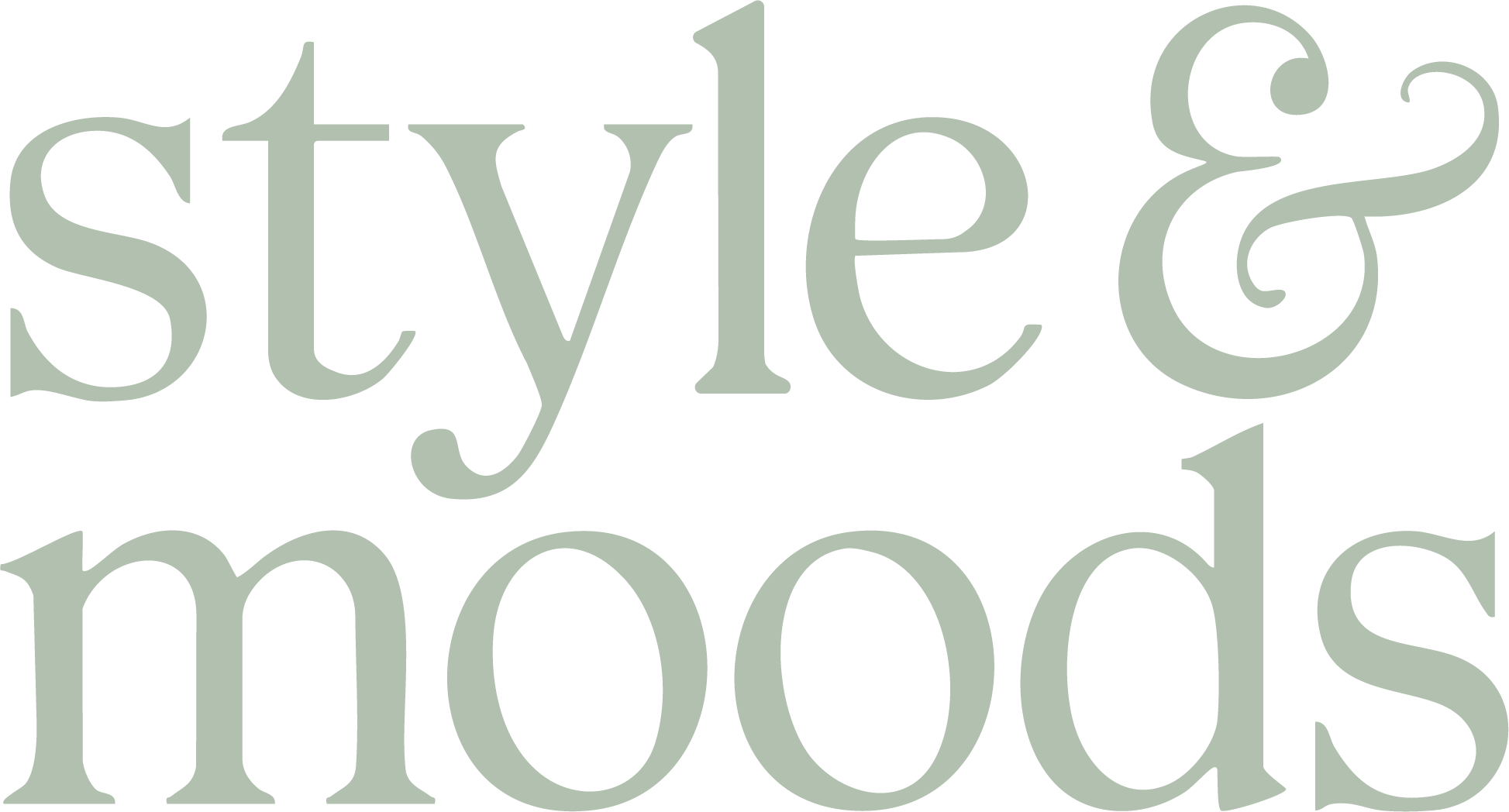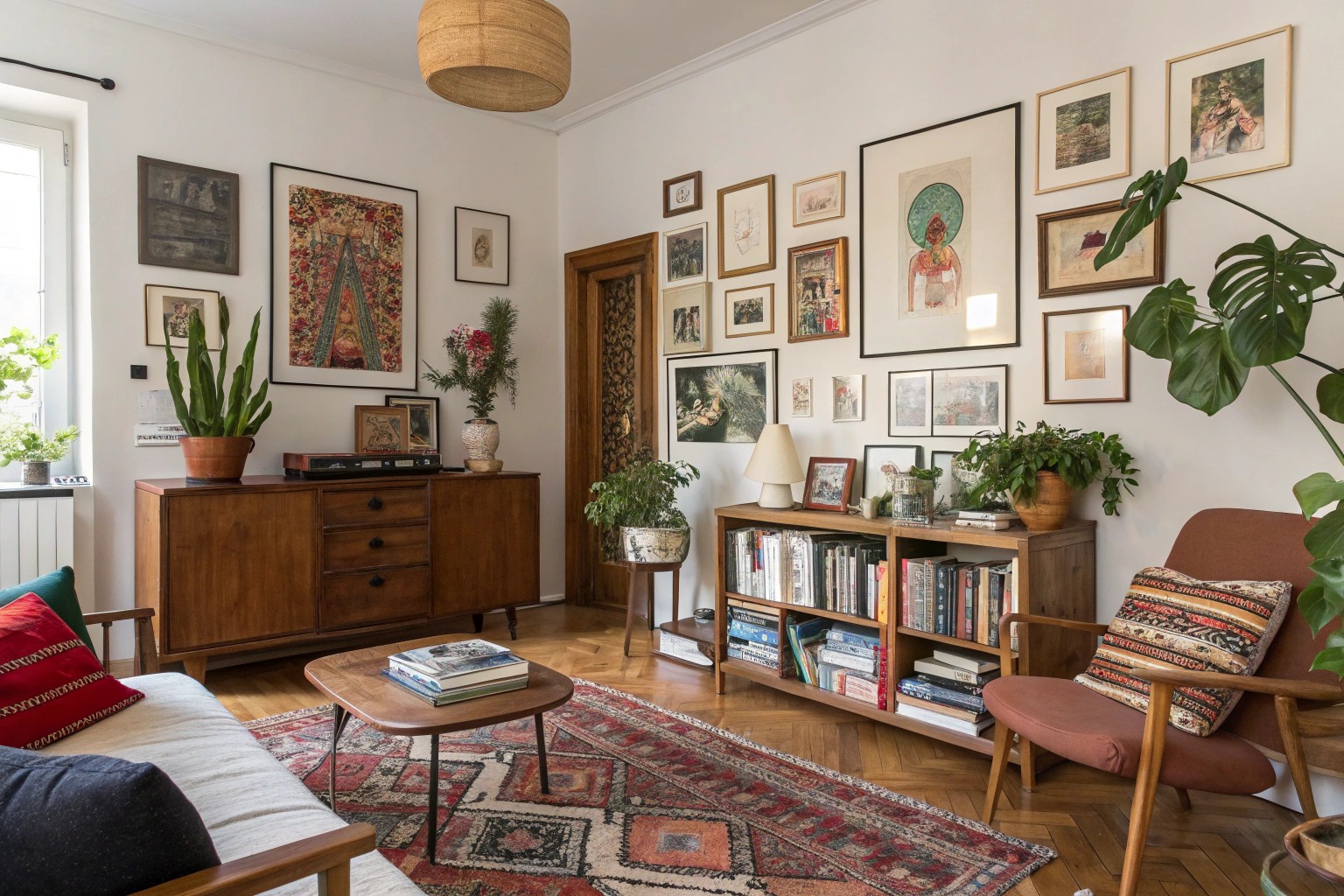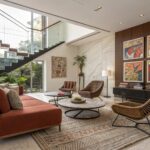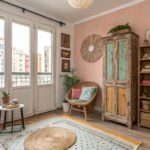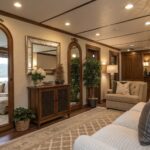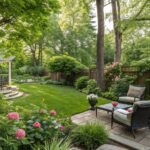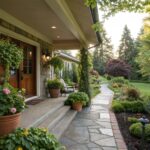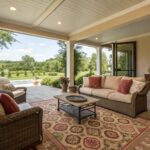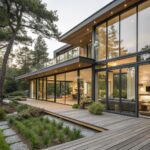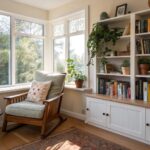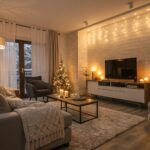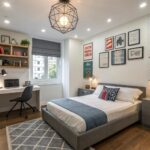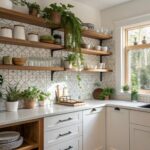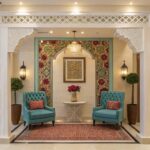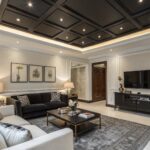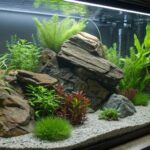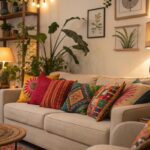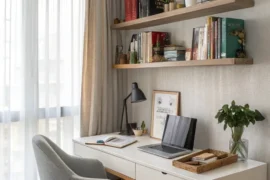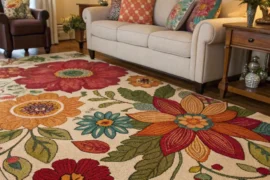When faced with the blank canvas of a standard apartment, the challenge isn’t just decorating—it’s about crafting a narrative that speaks to who you are. Having transformed hundreds of generic apartment layouts over my career, I’ve discovered that the most successful spaces tell a story about their inhabitants while maximizing functionality.
Understanding Standard Apartment Layouts in America

Before diving into character creation, we need to understand what we’re working with. Standard American apartments typically follow predictable layouts:
Common Apartment Layout Types
Studio apartments combine living, sleeping, and kitchen areas into one open space. One-bedroom configurations separate the sleeping area, while larger units add additional bedrooms but often maintain similar living zone arrangements. The challenge lies not in accepting these layouts as limitations but seeing them as foundations for personalization.
You might notice that many contemporary American apartments feature:
- Open-concept kitchen and living areas
- Limited architectural details
- Neutral color palettes throughout
- Standard ceiling heights
- Predictable window placements
What often surprises my clients is how these seemingly rigid frameworks can be transformed with targeted interventions. Let’s explore how to inject character into these spaces.
Assessing Your Personal Style and Narrative
The most captivating interiors tell a story. Before making any changes, consider what story you want your space to tell.
Style Assessment Framework
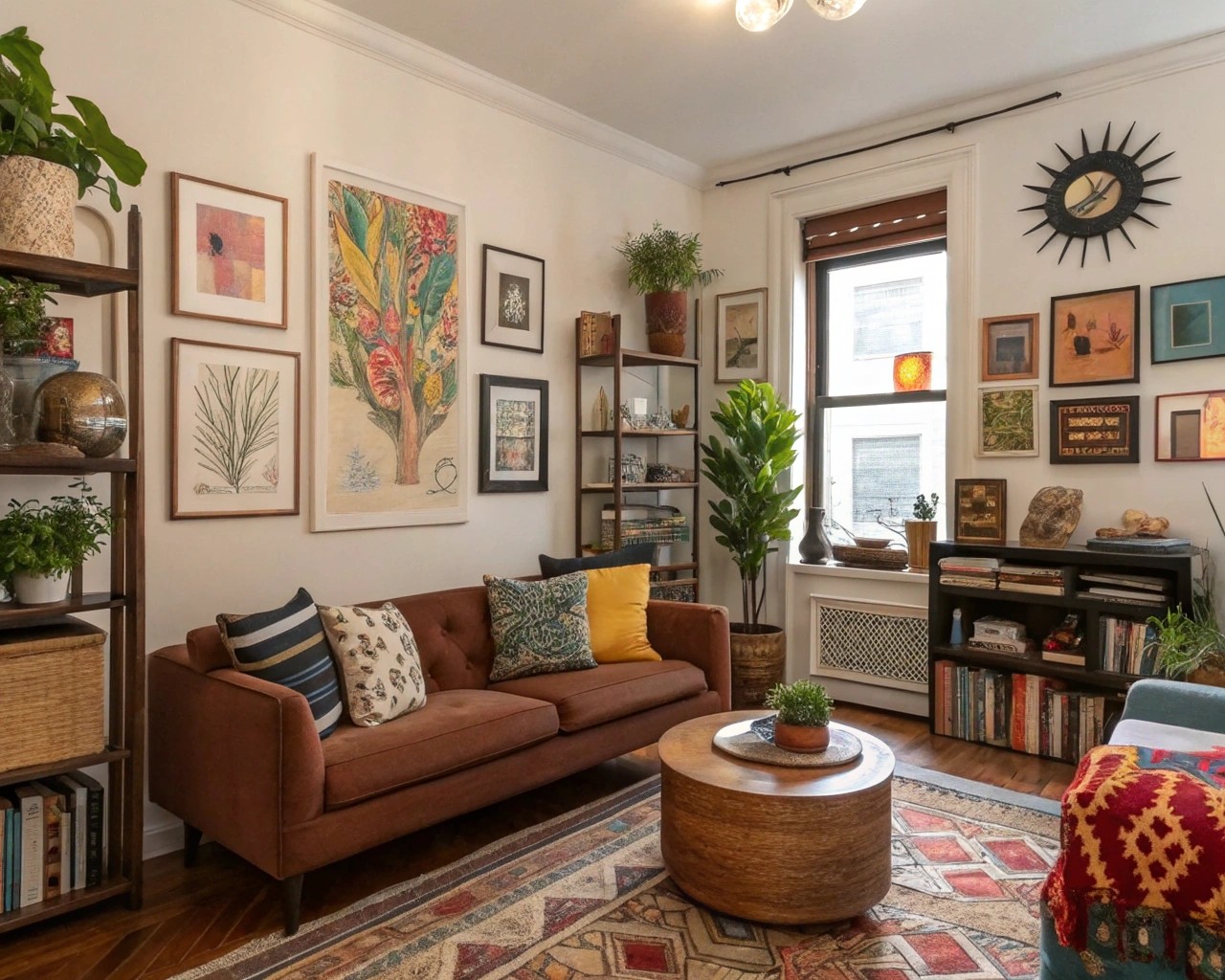
| Style Dimension | Questions to Ask Yourself | Design Implications |
|---|---|---|
| Energy Level | Do you prefer calm or energetic spaces? | Color intensity, pattern density |
| Social Use | Is your home primarily personal or for entertaining? | Layout priorities, seating arrangements |
| Lifestyle Needs | What activities happen most in your home? | Functional zoning, storage solutions |
| Personal History | What places or eras resonate with you? | Style influences, nostalgic elements |
| Sensory Preferences | Do you prefer soft textures or clean surfaces? | Material selections, tactile elements |
Interior design experts often emphasize that true character stems from authenticity. When your space genuinely reflects your preferences instead of merely following trends, it naturally feels more special and personalized.
Fundamental Strategies for Character Creation
1. Layer Textures and Materials
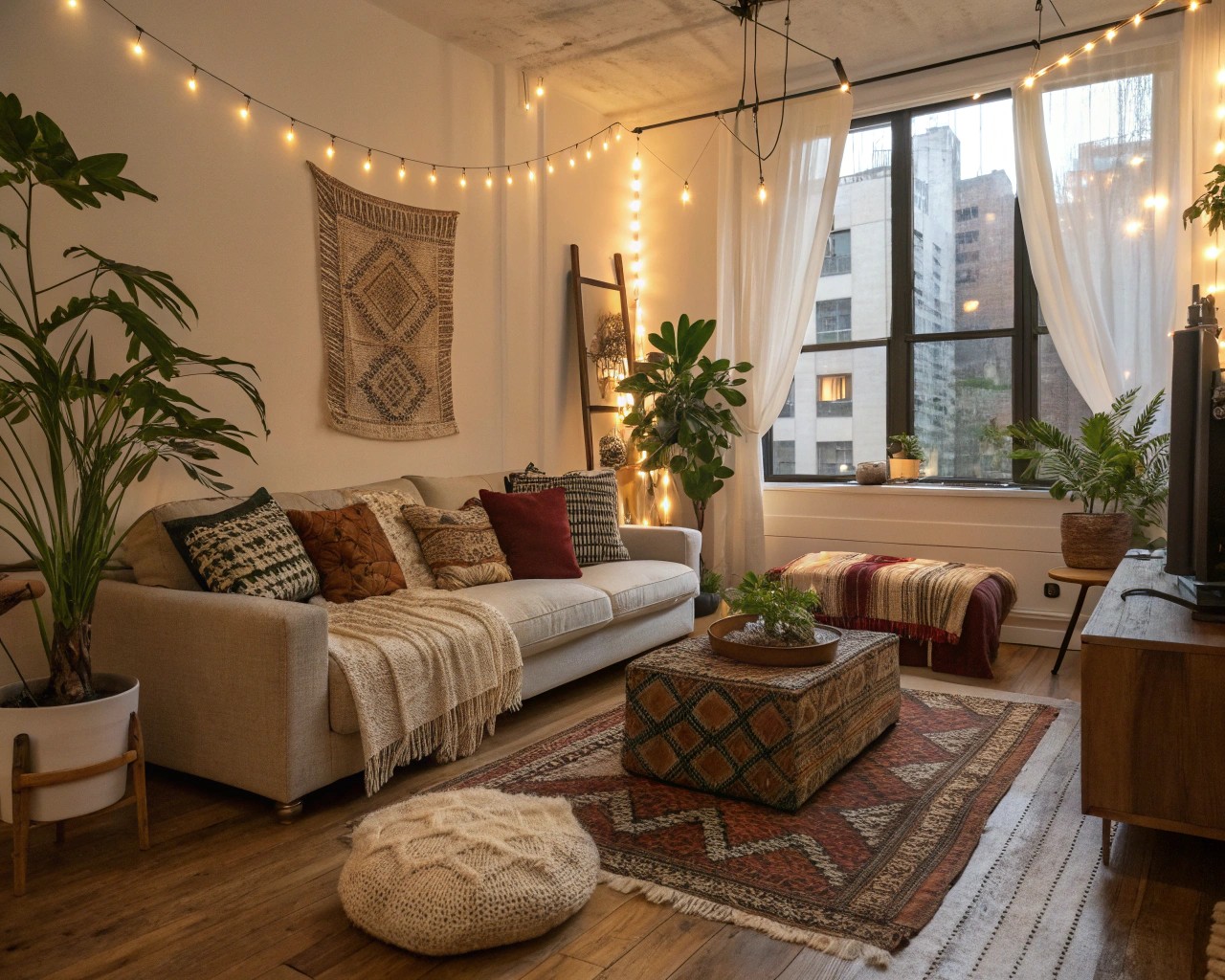
One of the most effective ways to add character to standard apartments is through thoughtful layering of textures. In my experience, apartments with at least three distinct textures in each room feel instantly more curated and personal.
Practical Application:
- Combine different fabric weights in upholstery and textiles
- Mix wood tones and metal finishes
- Introduce natural elements like stone or plants against manufactured surfaces
- Add textile wall hangings or three-dimensional art pieces
2. Incorporate Vintage and One-of-a-Kind Elements

Nothing adds character faster than pieces with history. Designers specializing in apartment transformations often observe that perfectly matched furniture sets in new builds can lack personality, highlighting the importance of introducing unique elements to break uniformity.
You can incorporate:
- Vintage furniture pieces as focal points
- Antique accessories or collections
- Custom or artisanal lighting fixtures
- Family heirlooms or meaningful objects
I recently worked with clients who transformed their cookie-cutter one-bedroom by anchoring their living room with their grandmother’s restored mid-century credenza. This single authentic piece elevated everything around it.
3. Strategic Color Application
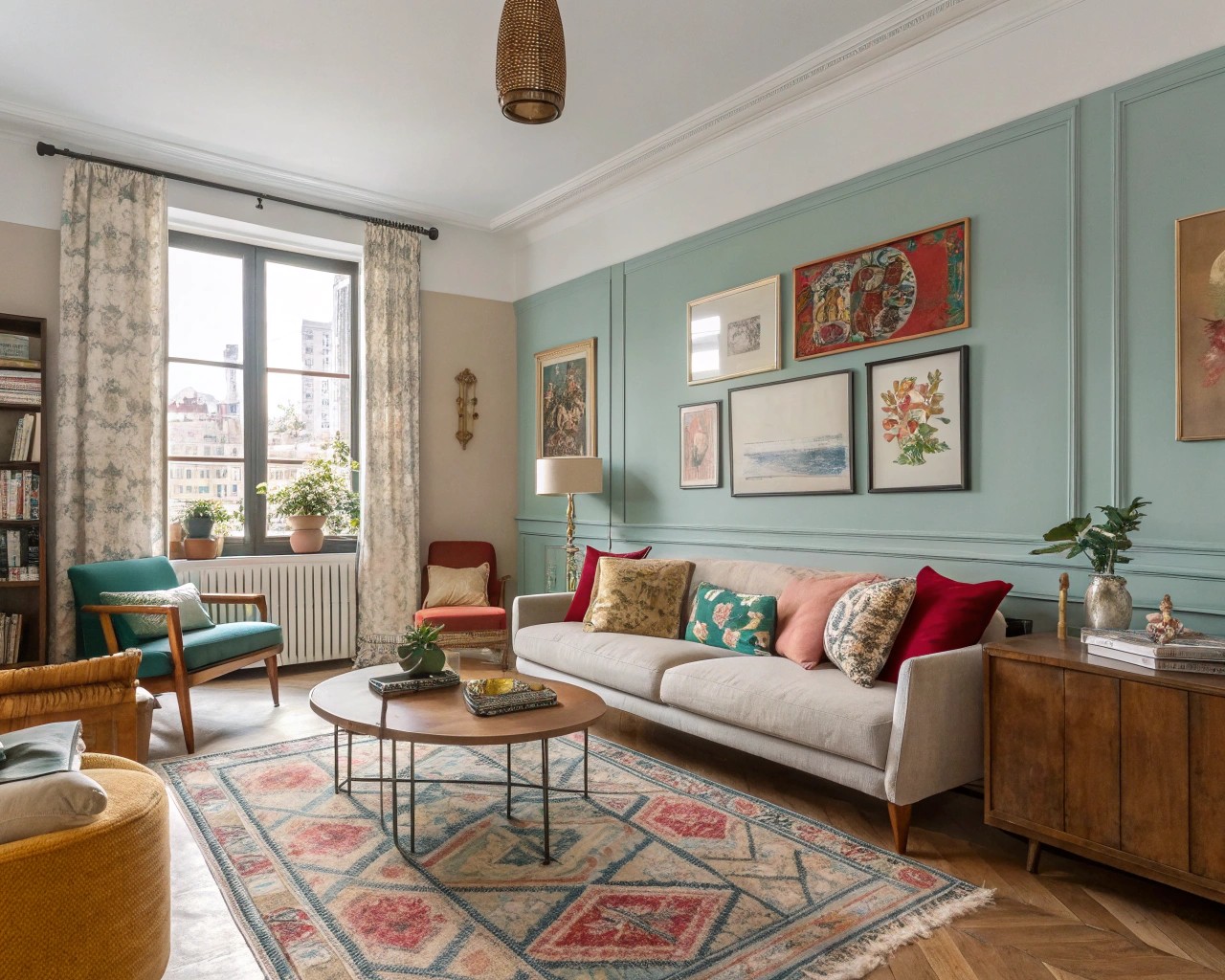
While many standard apartments come with neutral walls, color remains one of our most powerful tools for character creation. We can use color to:
- Define zones in open floor plans
- Create emotional responses in different areas
- Highlight architectural features (or create the illusion of them)
- Express personality without permanent changes
Color Strategy by Room Purpose:
- Living spaces: Social energy or relaxation through dominant color tones
- Bedrooms: Personal color preferences that support sleep quality
- Work areas: Colors that enhance focus and creativity
- Transitional spaces: Colors that connect different zones harmoniously
Transformation Techniques by Room
Living Areas: The Character Core
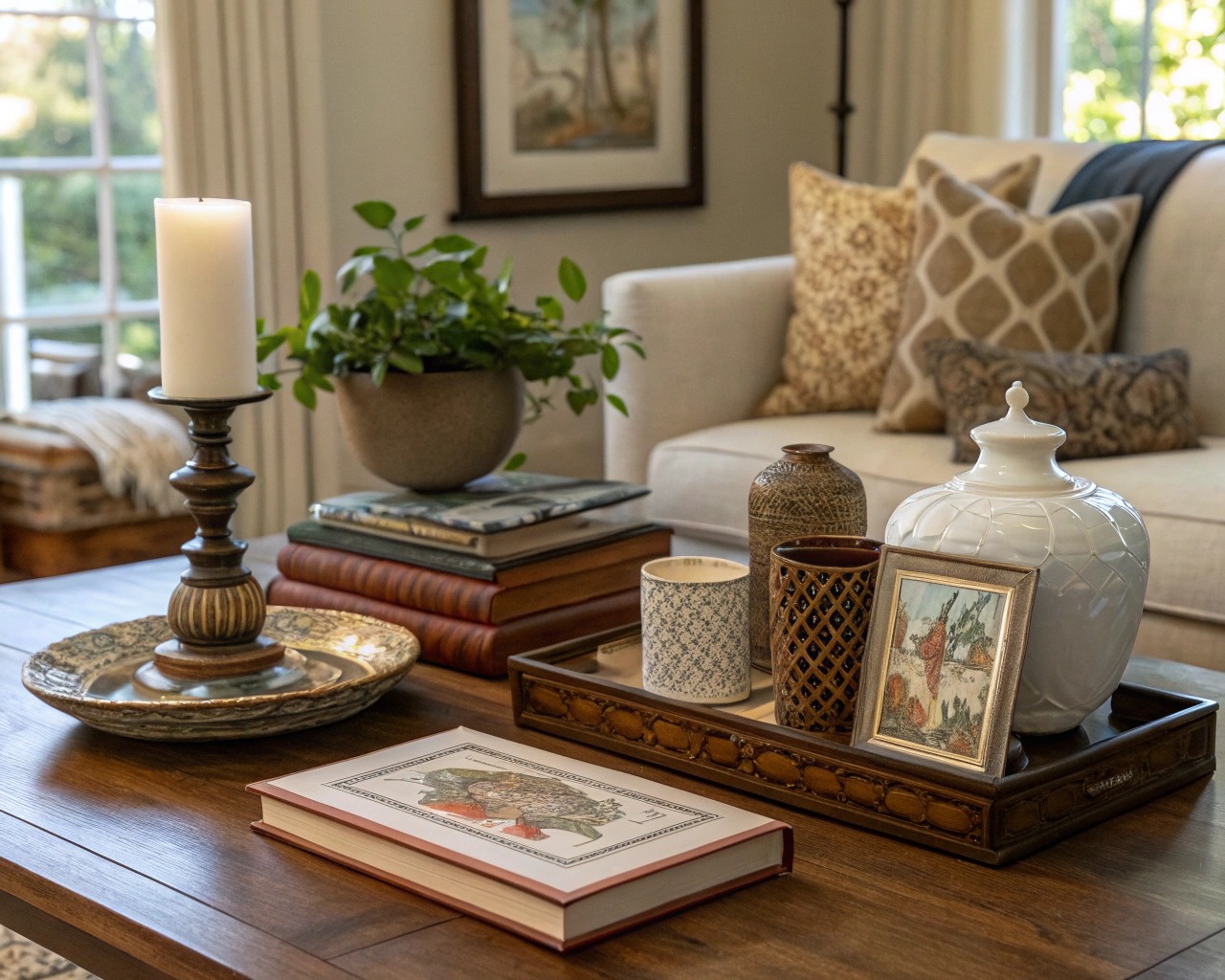
The living area often serves as the heart of an apartment’s character statement. This is where you’ll likely spend the most time and entertain guests.
Layout Considerations:
Don’t automatically push furniture against walls—floating furniture arrangements can create more dynamic spaces. I’ve found that pulling a sofa even 12 inches from the wall creates a more intentional feeling and improves flow.
Character-Building Elements:
1. A statement piece (unusual chair, distinctive art, or conversation-starting accessory)
2. Layered lighting (floor lamps, table lamps, and ambient options)
3. Personal collections displayed thoughtfully
4. Custom or altered window treatments
Kitchen Character in Standard Units
Kitchens in standard apartments present unique challenges due to fixed cabinetry and appliances. However, we can still infuse significant character.
Quick Kitchen Character Boosters:
- Replace standard hardware with distinctive pulls and knobs
- Add removable wallpaper or decals to backsplash areas
- Install under-cabinet lighting
- Display cookbooks and culinary tools as decor
- Use distinctive bar stools or dining chairs
- Incorporate plants and fresh elements
Bedroom Sanctuaries with Personality
Bedrooms offer particularly rich opportunities for character development as they’re more private and personal.
“I encourage clients to be more expressive in bedrooms than in public spaces,” explains one designer. “This is where you should feel most authentically surrounded by what speaks to you.”
Practical Bedroom Character Techniques:
- Create a focal wall with removable wallpaper or fabric
- Layer bedding with mixed patterns in a cohesive color scheme
- Incorporate meaningful artwork or photographs
- Use lighting that creates ambiance rather than just function
- Add textural elements through rugs, curtains, and accessories
Case Studies: Transformation in Action
Case Study 1: The SoHo Loft Reimagined
One particularly inspiring project involved a client with a standard loft layout in SoHo. The apartment featured concrete floors painted in color blocks, which initially seemed limiting. Rather than fighting this unusual feature, we embraced it as a starting point for the design narrative.
The client, an art collector, used the color blocks as inspiration for zoning the large space. Bold furniture choices—including a statement sofa and distinctive lighting fixtures—created a harmonious dialogue with the floors. The result was a space that felt curated rather than decorated, with each piece contributing to the overall story.
Case Study 2: Character in a West Chelsea Apartment
Another remarkable transformation occurred in a 2,500-square-foot unit in West Chelsea originally meant for architect Zaha Hadid. The challenge was honoring the distinctive architectural shell while creating a personal interior narrative.
The design team maintained a precise balance between the undulating exterior façade and the interior elements. They incorporated custom stone vessels, artisan-crafted details, and a thoughtful material palette that respected both the building’s design legacy and the client’s personal aesthetic.
Practical Character Solutions by Apartment Type
| Apartment Type | Character Challenges | Effective Solutions |
|---|---|---|
| Studio | Limited zoning, everything visible | Multi-functional furniture, cohesive color story, vertical design elements |
| One-Bedroom | Typically smaller living areas | Strategic furniture scale, dual-purpose pieces, focused character moments |
| Two-Bedroom | Balancing cohesion with personality variation | Unified base palette with room-specific accent colors, connecting elements throughout |
| Open Concept | Lack of architectural division | Furniture groupings, area rugs, lighting zones, partial dividers |
| Pre-War Units | Reconciling historical elements with modern living | Highlight original details, juxtapose contemporary pieces for tension |
American-Style Apartment Character
American apartment style often features:
- Open floor plans connecting kitchen, dining and living spaces
- Versatile furniture arrangements
- A mix of high-end looks achieved through creative material use
- Natural, earthy color palettes ranging from light beige to dark brown and green
In my experience working with American apartments, I’ve found the absence of doors and partitions between social spaces creates excellent opportunities for character development through thoughtful zoning techniques.
Budget-Friendly Character Boosters
Not all character-building requires major investment. Some of the most effective techniques include:
- Swap out builder-grade lighting for fixtures with personality
- Replace standard hardware on cabinetry and doors
- Introduce plants at varying heights
- Add textural elements through pillows, throws, and rugs
- Create gallery walls with personal photographs and collected art
- Use books as both functional and decorative elements
“Some of my most successful transformations have started with lighting changes,” I often tell clients. “A distinctive fixture can immediately signal intention and thoughtfulness in a space.”
The Role of Personality in Interior Design
Understanding your personality traits helps inform design decisions that feel authentic to you. For instance:
- Introverts may prefer cozy, intimate spaces with soft textures and acoustic privacy
- Extroverts might gravitate toward open arrangements that facilitate conversation and social interaction
- Detail-oriented individuals often appreciate spaces with visual interest and careful curation
- Big-picture thinkers may prefer cleaner aesthetics with strong focal elements
We should view personality as a design asset rather than a limitation. Your natural tendencies can guide choices that will make your space feel more comforting and supportive.
